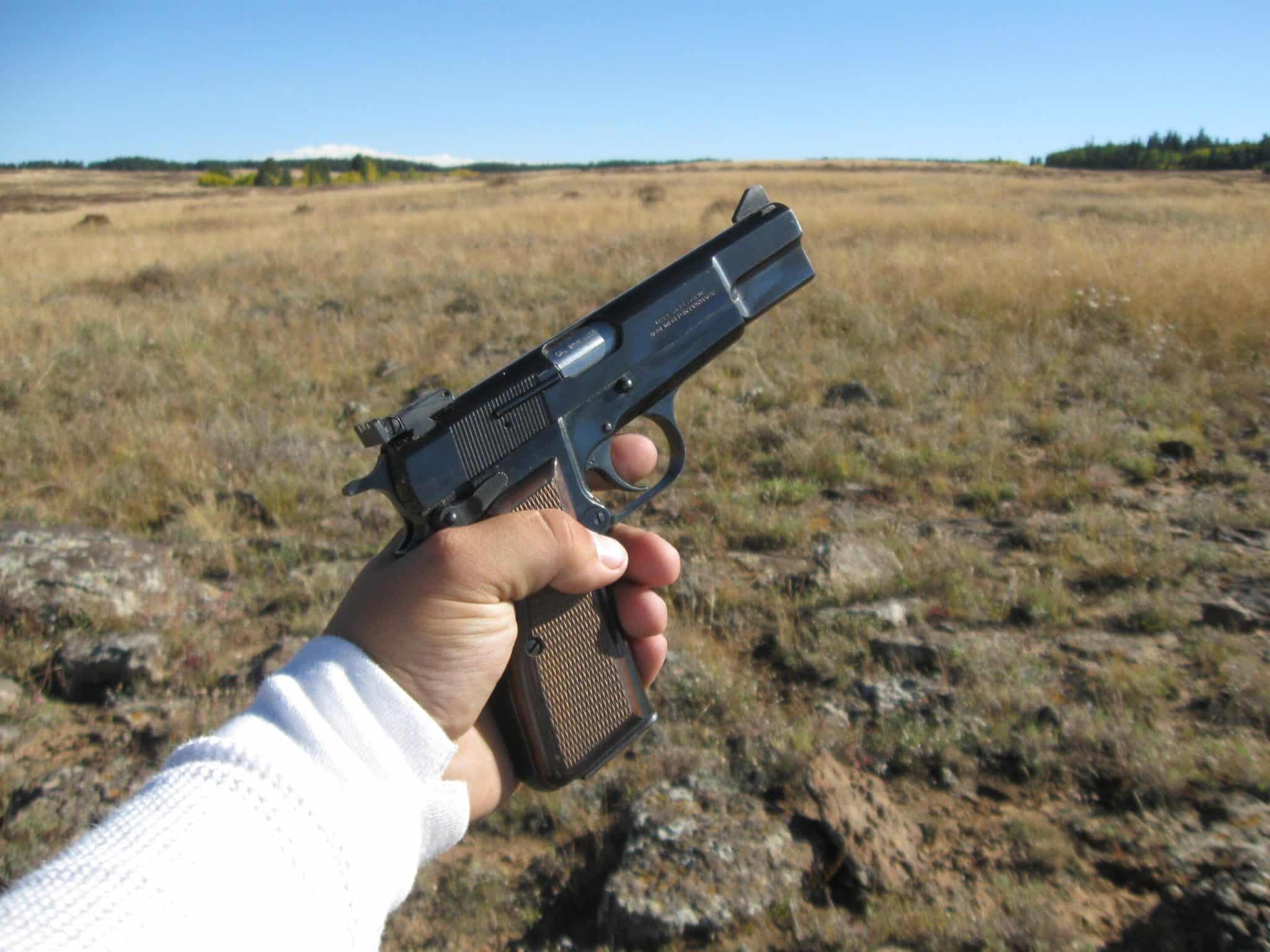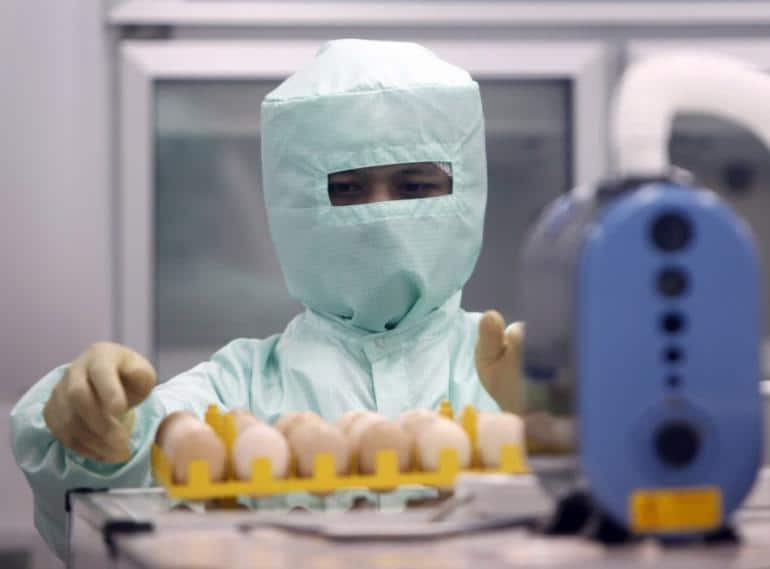
From the standpoint of preppers and off-the-gridders, wise and careful use of energy is an imperative. There are no two ways about it: If you are attempting to make a go of it as an independent homesteader, energy efficiency and conservation are the cat’s meow, the bee’s knees, and the sundae with the cherry on top all rolled into one.
Power resources are precious when you are producing them independently, and you must be careful to limit your consumption so that your off-the-grid energy systems can keep up with the demand. So needless to say, in your family’s little homesteading micro-universe, being able to separate the myths about energy efficiency and conservation from the facts is vital to your chances for success and survival, and if you make mistakes because of your false conceptions, you could pay a heavy price in the long run.
We don’t mean to sound overly dramatic here. But as an off-the-grid pioneer you do have to be very careful about how you spend your time and money and about what sort of strategies you rely on to make your lifestyle choice viable. And when the subject in question is the efficient use of energy, you need to know the truth about what works and what doesn’t, and that is why we are presenting this list of 20 commonly held beliefs about energy-efficiency and conservation that actually have little connection to reality.
Myth #1: While energy-efficiency undoubtedly has long-term value, adding a bunch of energy-efficient features to a new home will drive its cost up significantly.
If this were true, it might be necessary for you to skimp on adding energy-saving components to your new home. But a house that incorporates extensive passive solar features, natural skylights, a correctly-sized HVAC system, energy-efficient windows, building materials with high thermal mass, and landscaping choices that will provide plenty of shade could in fact be built for roughly the same price as a home that fails to include any of these. Things have changed, folks; as energy-efficiency has gotten more popular, invigorated research and development has made it more affordable, and if you are planning to construct a new home soon, you could be the beneficiary of this new and exciting reality.
Myth #2: Buying a certified energy-efficient furnace and/or air conditioner automatically ensures a reduction in energy usage.
In theory this would be correct. But studies have found that most heating and air conditioning systems are not properly installed, and as a result up to one-third of the heated or cooled air they produce actually goes to waste. This represents precious energy resources being squandered needlessly, at a level that will more than offset any advantages gained by purchasing the most energy-efficient models.
Myth #3: Leaving lights, computers, and other electric appliances turned on when you are not going to be away for very long is a good idea. Switching them on and off all the time wears them out more quickly, and also produces sudden power spikes that negate any supposed energy savings.
If there were ever any legitimacy to this idea, there isn’t anymore. Switching sophisticated modern appliances and electrical devices on and off frequently will not reduce their life span, and any power surges that might occur are likely to be miniscule. The bottom line is that if you aren’t using an electrical device, it should be turned off; period, case closed.
What It Takes To Create A Safe, Self-Sufficient, Off-The-Grid Lifestyle Using Solar Power!
Myth #4: Replacing old windows with new energy-saving varieties can cut 30 to 40 percent off of your utility bills.
It is true that windows can leak air or allow it to enter from the outside. But your percentage of heat loss or gain through even the most out-of-date windows is likely to be no more than 10 to 20 percent, and you aren’t going to reduce that to zero just by changing to something of higher quality. You will want to install good energy-efficient windows in a new home, for certain, but if you decide to switch to something better in an existing house, those windows aren’t going to pay for themselves through increased energy savings for a long, long time.
Myth #5: Homes need to breathe, so when adding insulation it is a mistake to shut things up too tight.
We don’t know how this one got started, but it is silly. To reduce artificial heating and cooling requirements, you should first make your home as airtight as possible, and then add controlled or mechanical venting to encourage good airflow when it is needed. A leaky house will “breathe,” to be sure, but the air that penetrates into living spaces will likely be contaminated with spores, odors, and moisture picked up from inside the house’s walls – and that is the definition of “gross and yucky” right there.
Myth #6: Electric space heaters placed in occupied rooms during the winter are efficient because they allow you to contain your heat where it is needed.
Truthfully, you would be better off using your regular heating system to heat up the entire house, including the parts you weren’t using, than you would be if you chose to warm only one or two rooms with electric space heaters. These machines work well, but they use absurd amounts of electricity, and it is hard to imagine any instance in which they would be appropriate for off-the-grid living. If you are serious about cutting down on your use of heat in the wintertime, you would be much better off just turning down the thermostat a little and dressing a bit warmer.
Myth #7: Closing the vents in unoccupied rooms is a good way to conserve energy.
This sounds obvious, but it is wrong. Furnaces produce enough heat to fill their ductwork systems, and they will continue to do so regardless of whether every register in the house is open or closed. Closing a few of them will simply redirect all the heat into other rooms, and because such a move increases the overall air pressure in the system, it will force the furnace or heating unit to work harder, thereby causing it to wear out more quickly.
Myth #8: Appliances don’t use energy when they are turned off.
Maybe in the past they didn’t, but they do now thanks to those trusty standby power settings. Makers of electronic devices believe that Americans love convenience above all else, so the items they manufacture are ready to pop on immediately as soon as you flip the switch or push the button. Some of these devices use almost as much energy when they are supposedly turned off as they do when they are turned on, and these energy vampires will drain your precious supplies of electricity if you do not unplug them or use a power strip with a switch to stop their predations.
Myth #9: Energy Star appliances are always the best choices.
The government’s Energy Star designation is supposed to help you distinguish between power hogs and energy-efficient appliances. However, the Energy Star program is largely based on the honor system (companies self-monitor their own products for energy usage), and tests have discovered appliances bearing that label that actually use far more electricity than advertised (this is especially common with refrigerators). So while Energy Star appliances might indeed be a good investment in most instances, that old caution about “buyer beware” certainly does apply.
Myth #10: Leaving fans on in summer when you leave the house is a good way to keep rooms cool. After all, if you allow your home to heat up while you are away, you will have to use extra energy to cool it down again once you return.
It is surprising that some people believe this. But it is of course nonsense – fans move the air, but they don’t really cool it, and leaving them on when no one is around is a complete waste of time, money, and energy.
Myth #11: Wood stoves used for heating require so much work and effort that they really aren’t “energy-efficient” at all.
In the past this might have been true. But modern wood stoves are marvels of efficiency and high-quality performance. They burn wood so thoroughly that they leave behind very little waste, meaning that you won’t have to spend anywhere near as much time supplying them with wood or cleaning them out as you might expect. Chimneys also tend to remain clean with modern wood stoves, and because these stoves incinerate their contents so completely, they can keep a home warm for a long time on a single load of wood without needing to be refilled. At the present time wood stoves are an excellent investment for off-the-gridders, just as long as they choose the newer models.
Myth #12: Cleaning refrigerator coils improves the efficiency of the machine.
I used to believe this one myself. But alas, research has revealed that cleaning a refrigerator’s coils of dust and debris makes next to no impact on its cooling performance. Of course, it is a good idea in general to keep things clean, but that is only because you want your house to be livable and not look like a pigsty.
Myth #13: Insulating the ceiling will just cause more air to leak out through the walls and therefore does no real good.
A house would have to be pressurized like an inflated tire before insulating one spot would force leakage to occur in another. The more insulation you have in your home the better, and any upgrades you make will easily pay for themselves in reduced energy costs, since insulating materials are almost all relatively inexpensive.
Myth #14: Installing foam gaskets in electrical outlets will lead to some meaningful reduction in air leaks and ultimately energy costs.
Real-life measurements have shown that only about 1 percent of all the air that leaks out of a home will leave through electrical outlets. So you can go ahead and put those foam gaskets in your outlets if you want, but don’t fool yourself into thinking you’re doing something really significant.
Myth #15: Halogen lights are super-efficient.
No, LED lights are super-efficient, and compact fluorescent lights are only a slight step behind. Halogen lights, on the other hand, are just another type of incandescent bulb, and while they work a little more efficiently than regular incandescents, they are clearly inferior to LEDs and CFLs.
Slash Your Lighting Bill By 90%…And Never Change A Light Bulb Again!
Myth #16: The higher you set your thermostat, the faster it will heat up a cold room.
Ideally, you will not want to have your thermostat turned off long enough for your house to get really cold, because you will then have to invest a lot of energy in a short period of time to get things back up to a comfortable level. But when you do need to get a room heated up, there is no way to turbo-charge your heating system – it will take a set amount of time to get the temperature up to where you want it to be, and you will only end up wasting energy it you set your thermostat above that specific point.
Myth #17: Duct tape is great for sealing ducts and preventing heating system air leaks.
Amazingly enough, this isn’t true –as they say, what’s in a name? Duct tape actually doesn’t work very well on dusty and dirty surfaces, and ductwork is a magnet for dust and grit. Mastic tape sticks and seals in such circumstances much more effectively than duct tape, and this is unquestionably the best choice to help seal up duct runs.
Myth #18: Leaky faucets in your sinks or tubs are really no big deal.
Here’s a fact that would surprise even Ripley: one faucet leaking two drops of water per second will waste 200 gallons of water in a month – believe it or not. And if the faucet that is leaking should happen to be a hot water faucet, that will put your hot water heater into constant and costly action. So if you have faucets that are leaking, by all means fix them; a 50-cent washer may be all that is required.
Myth #19: Sleep mode or hibernate is just fine for computers overnight.
If you don’t shut your computer down completely when you go to bed at night, you will leave it suspended between waking and sleeping. This uses energy – quite a bit of it, actually – because the computer has to be kept ready to pop back into action instantly. So even though it is tempting to just put your computer into hibernate whenever you need to shut it off, this is a temptation you should avoid. Your addiction to convenience in this instance will waste energy and ultimately cost you money.
Myth #20: Screen savers save energy and should be downloaded and used on your computer.
Screen savers are software programs, and when they are running, your computer is in full operating mode and no energy whatsoever is being saved. If you want to cut down on electricity use with computers, the only way to do it is to turn them off whenever you aren’t using them and to switch off the power strip they are plugged into – assuming you are using a power strip with your computer of course (which you should be).











